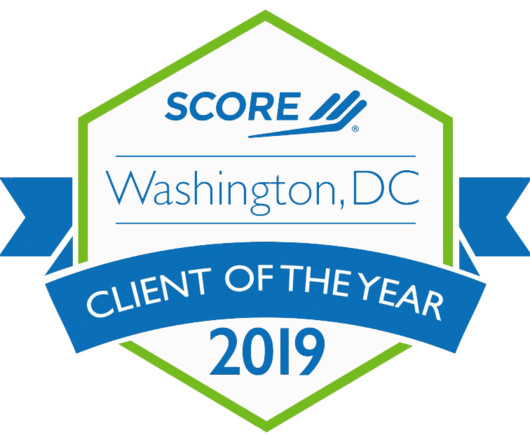Tips For Maximizing Grant Opportunities
The NonProfit Times
DECEMBER 18, 2024
Nonprofit managers should pay close attention to any budgetary restrictions, such as allowable expenses, indirect cost rates, matching requirements, and reporting obligations. You should create a detailed budget that accurately reflects the costs associated with implementing the proposed project or program.






















Let's personalize your content